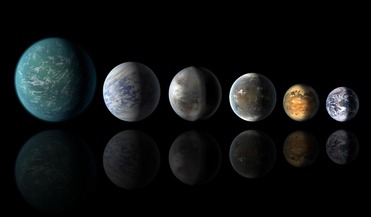 20 August 2018
Galaxy should be teeming with water-worlds say researchers
20 August 2018
Galaxy should be teeming with water-worlds say researchers
...of around x1.5 Earth radius tend to be rocky planets, while those with a radius of x2.5 Earth radius are probably water worlds". "This is water, but not as commonly found here on Earth", added Zeng. "Their surface temperature is expected to be in the...
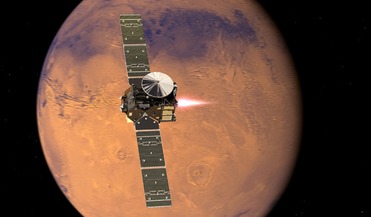 12 February 2021
Water vapour spotted escaping from Mars' atmosphere
12 February 2021
Water vapour spotted escaping from Mars' atmosphere
... to analyse light passing through the Martian atmosphere. "This fantastic instrument is giving us a never-before-seen view of water isotopes in the atmosphere of Mars as a function of both time and location," says Manish Patel, one of two scientists...
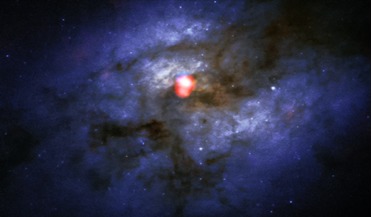 22 December 2016
Faint signals of water in the nearby Universe can now be detected by ALMA
22 December 2016
Faint signals of water in the nearby Universe can now be detected by ALMA
...The way in which ALMA's Band 5 receivers will measure water reduces some of these difficulties thus enabling ALMA to look ... full ALMA array will allow us to make detailed studies of water in a wide range of objects including forming and evolved stars,...
 01 September 2017
TRAPPIST-1 planets could contain substantial amounts of water
01 September 2017
TRAPPIST-1 planets could contain substantial amounts of water
... break the bonds of molecules into their constituent atoms. This is a process known as photodissociation and in the case of a water molecule, once it is broken up, the very light hydrogen atoms can escape the exoplanets’ atmosphere. Instruments such...
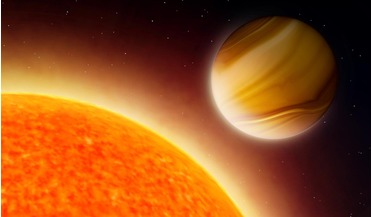 11 December 2019
Water abundance lower than expected on exoplanets
11 December 2019
Water abundance lower than expected on exoplanets
... the universe after hydrogen and helium. This means that water, which consists of an oxygen atom along with two ... needed to ascertain just how widespread this trend of low water abundance appears to be and how different elements can be differently...
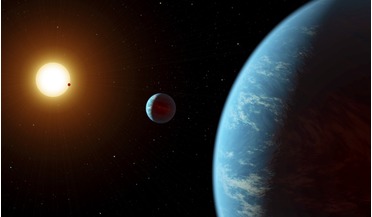 19 October 2020
Astronomers identify a true water-world that could have an ocean over 100 kms deep
19 October 2020
Astronomers identify a true water-world that could have an ocean over 100 kms deep
... suggest that a staggering four percent of the planet’s mass is water, which could equate to a deep ocean layer of 779 (± ... benign planet with no discernible features except for lots of water and a far-off high mountain range. Those mountains turn...